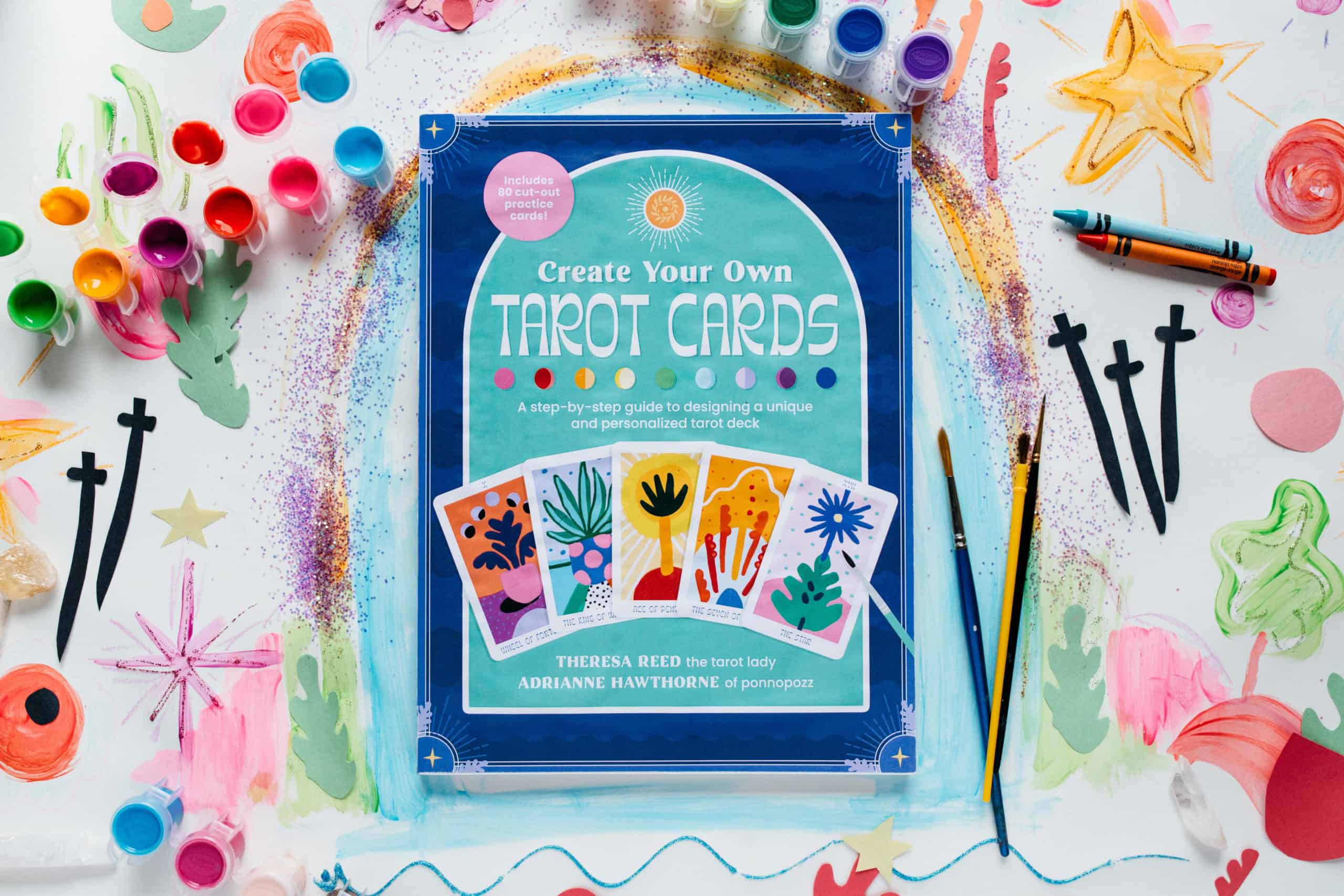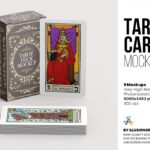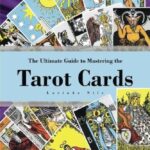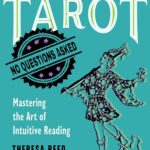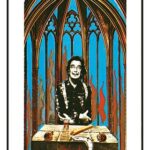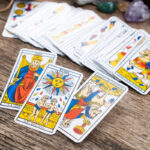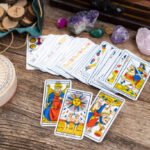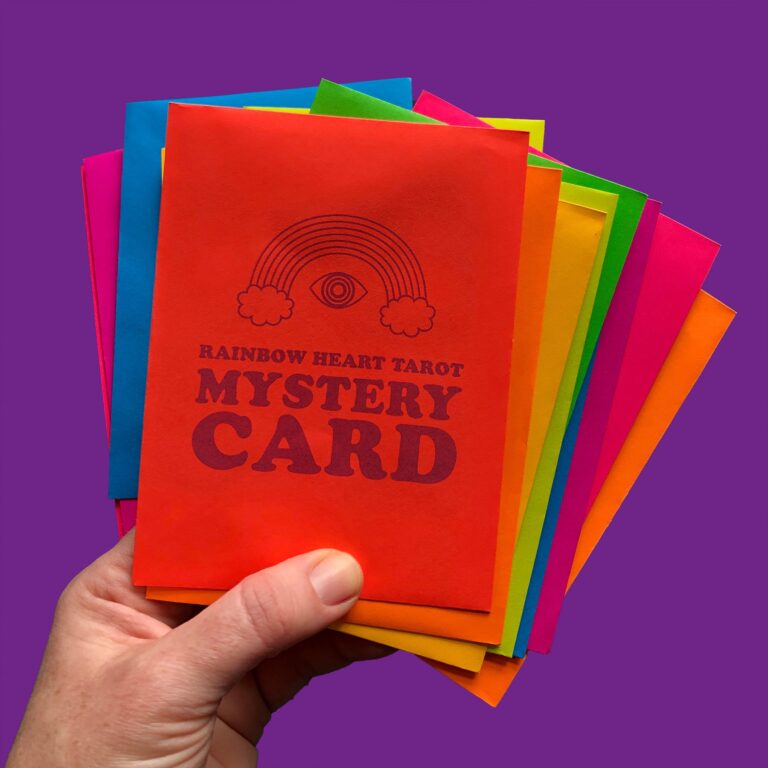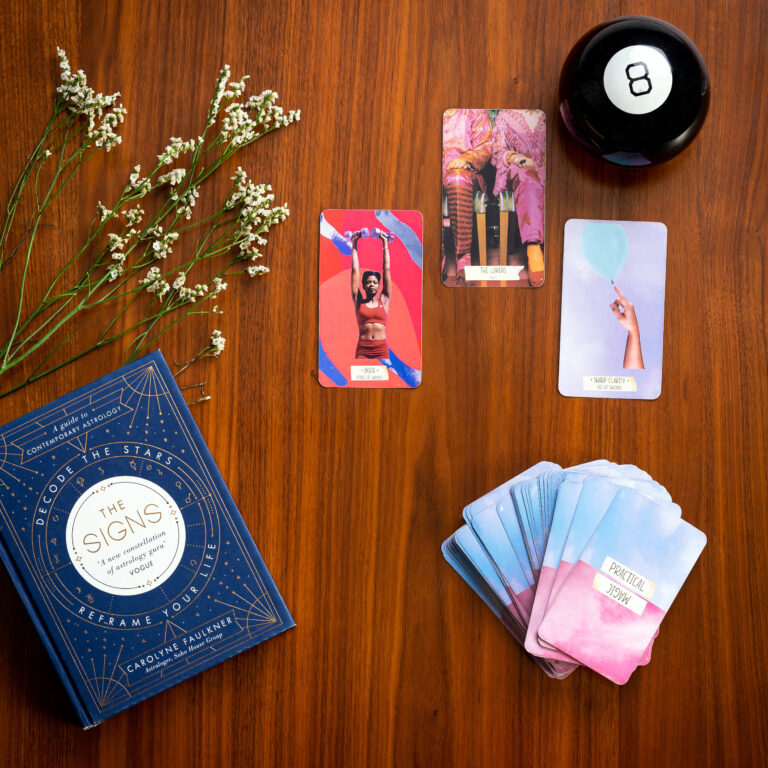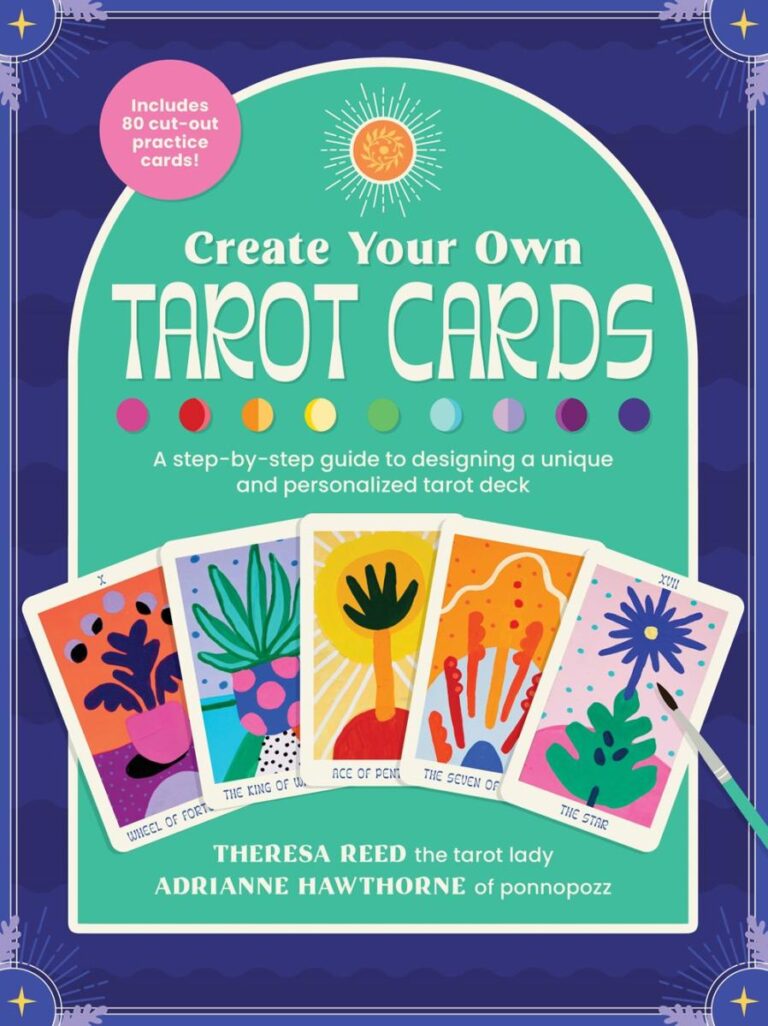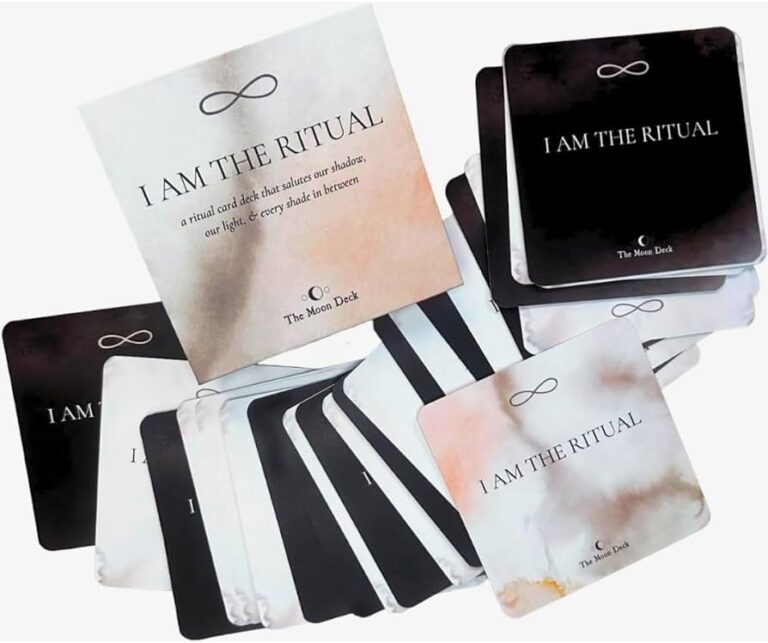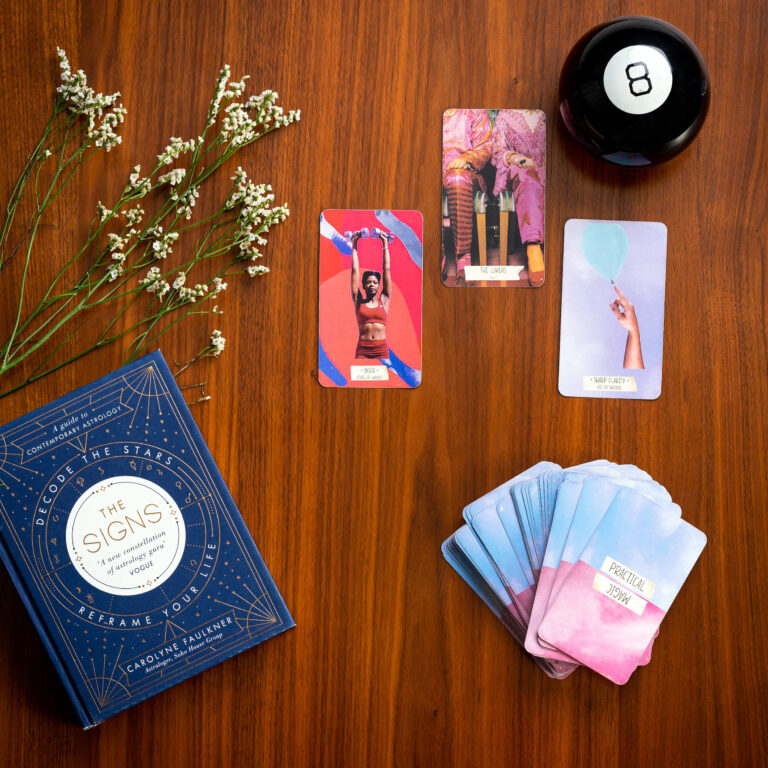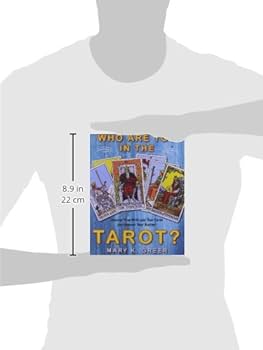How to Design Your Own Tarot Cards: Step-by-Step Guide
To design your tarot cards, start by choosing themes and symbols for the cards. Then, create the artwork and design layout.
Research the meanings of different cards and choose the right colors and imagery to convey those meanings. Using software or a professional printing service, print your designs onto card stock for a professional finish. Keep in mind the symbolism and art style should reflect your vision and beliefs.
This process allows for a unique and personal tarot deck that can be used for readings or as a personal tool for introspection and guidance. Custom tarot card design is a creative and engaging endeavor that allows individuals to personalize their spiritual practice. With careful planning and attention to detail, one can create a unique and meaningful set of tarot cards.
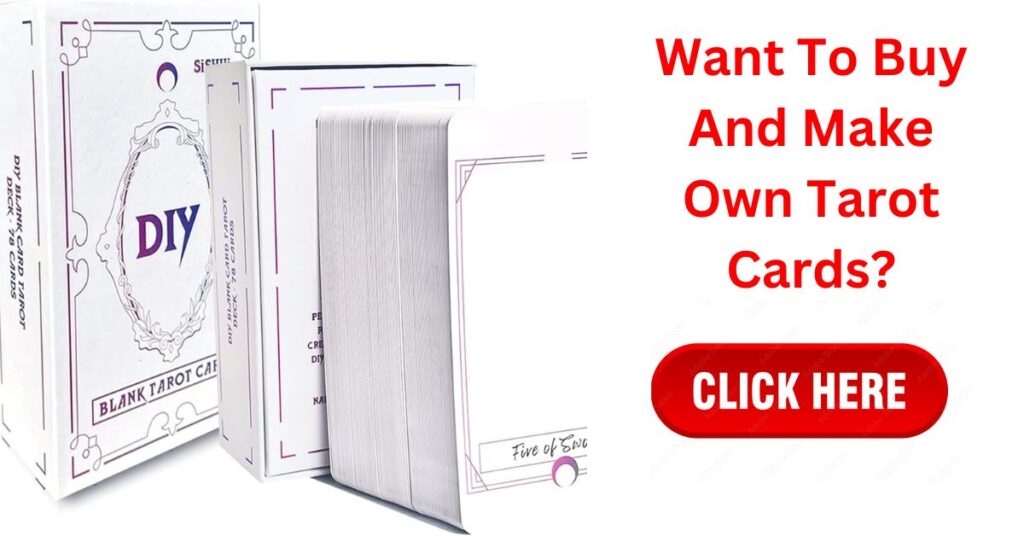
Understanding Tarot Card Design
Understanding Tarot Card Design involves delving into the history and significance of tarot cards, understanding the basic elements of a tarot card design, and appreciating the importance of symbolism in tarot card design. Each aspect contributes to the creation of a meaningful and impactful tarot deck.
History And Significance Of Tarot Cards
The history of tarot cards dates back to the 15th century, originally used for playing card games. However, tarot cards gained spiritual and divinatory significance over time, becoming a tool for self-reflection and guidance. Understanding the history and significance of tarot cards provides valuable insights into the traditional imagery and symbolism that are central to their design.
Basic Elements Of A Tarot Card Design
When designing tarot cards, it is essential to consider the basic elements that make up each card. These elements typically include the imagery, color palette, card size, and text placement. Each element plays a crucial role in conveying the theme and message of the card, and careful attention to these details enhances the overall impact of the design.
Significance Of Symbolism In Tarot Card Design
Symbolism is the cornerstone of tarot card design, as it encapsulates the deeper meanings and interpretations of the cards. Incorporating symbolic elements such as animals, plants, celestial bodies, and cultural icons enriches the visual language of the tarot deck. Understanding the significance of symbolism in tarot card design allows for the creation of cards that resonate with their intended purpose and audience.
Planning Your Designs
When it comes to designing your tarot cards, careful planning is key to creating a meaningful and visually stunning deck. Before you start putting pencil to paper or digital pen to tablet, take some time to plan out your designs. The planning phase involves researching different tarot card designs, establishing a theme for your tarot deck, and deciding on the number of cards and their order.
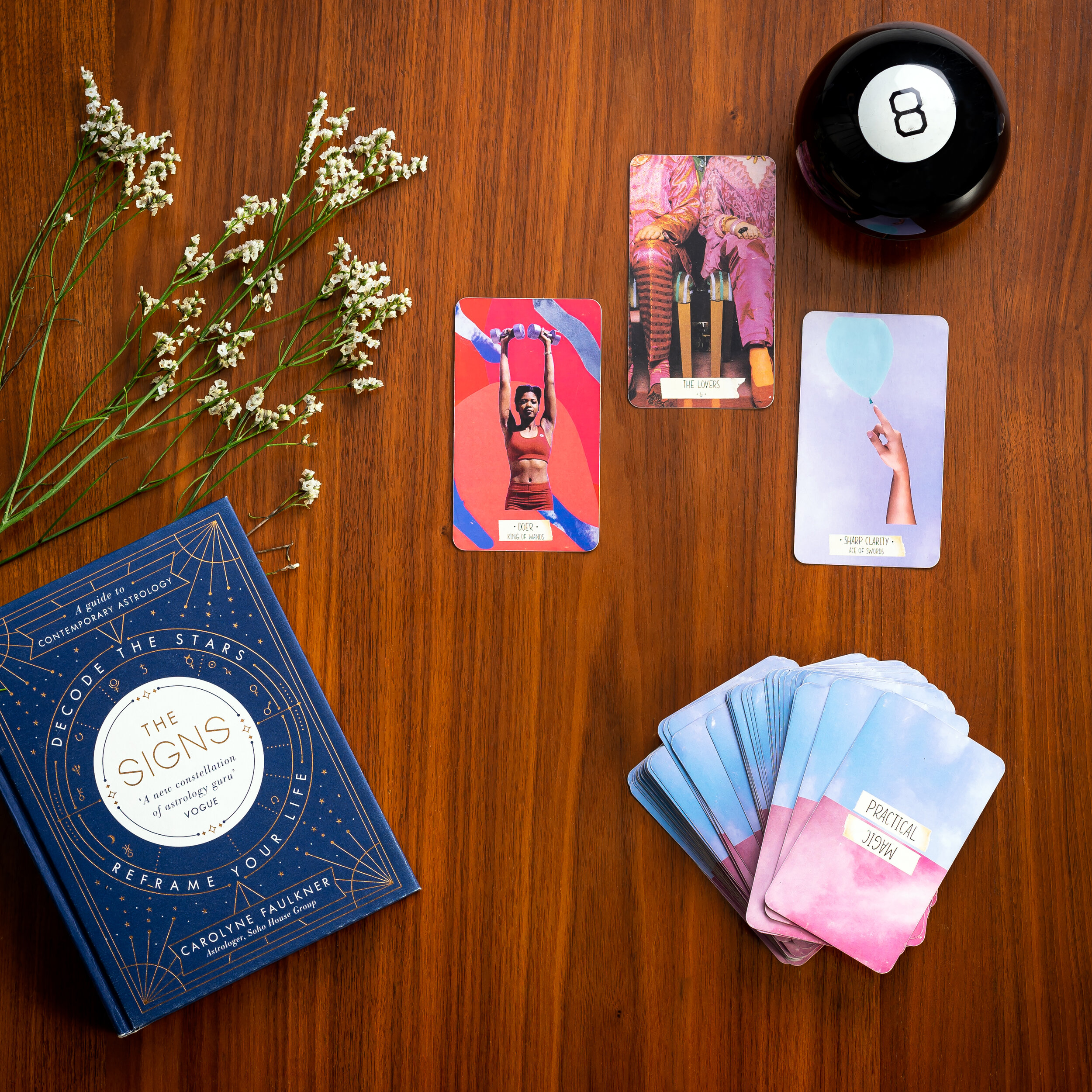
Researching Different Tarot Card Designs
Before designing your tarot cards, it’s essential to familiarize yourself with the various tarot card designs out there. Take the time to explore different tarot decks, including traditional and contemporary styles. Pay attention to the symbolism, color schemes, and artistic interpretations used in these decks. By doing so, you can gain inspiration and insights that will inform and enhance your designs.
Establishing A Theme For Your Tarot Deck
One crucial aspect of designing tarot cards is establishing a cohesive theme that ties the entire deck together. Whether it’s specific mythology, cultural tradition, or personal narrative, the theme you choose will guide the imagery, symbolism, and overall aesthetic of your tarot deck. Consider the message and emotions you want your deck to convey and ensure that the theme aligns with your intentions. This will help create a unified and impactful tarot experience for yourself and others.
Deciding On The Number Of Cards And Their Order
Before diving into the actual designs, determine the number of cards your tarot deck will comprise. Traditional tarot decks consist of 78 cards, divided into the Major Arcana and Minor Arcana. However, you have the freedom to adapt the number and structure to fit your theme and vision. Once you’ve established the card count, consider the order and sequence of the cards. The arrangement should follow a logical progression that tells a story or guides the reader through various life experiences and spiritual insights.
Creating The Artwork
When it comes to designing your tarot cards, creating the artwork is a crucial step that allows you to infuse your personal touch and symbolism into each card. From choosing the right artistic medium to incorporating meaningful symbols, and balancing color and imagery, each aspect plays a significant role in bringing your unique tarot deck to life.
Choosing The Right Artistic Medium
Before diving into the creation process, consider the artistic medium that best aligns with your vision. Whether it’s painting, drawing, digital illustration, or mixed media, select a medium that allows you to express your creativity authentically and effectively. Each medium offers distinct opportunities for texture, depth, and visual impact, so explore your options and choose the one that resonates with you.
Incorporating Meaningful Symbols
Infuse your tarot cards with significance by incorporating symbols and imagery that hold personal and universal meaning. Research ancient and contemporary symbolism relevant to each card’s theme and purpose. Integrate symbols that resonate with your intuition and inner guidance, adding layers of depth and meaning to the artwork. Whether it’s elemental symbols, sacred geometry, or cultural motifs, each symbol should contribute to the overall narrative of the card.
Balancing Color And Imagery
When designing your tarot cards, consider a harmonious balance of color and imagery to evoke specific emotions and convey the intended messages. Deliberately choose a color palette that aligns with the energy and essence of each card. Whether it’s vibrant and bold hues or subtle and muted tones, the colors should complement the symbolism and overall theme of the card. Additionally, ensure that the imagery reinforces the symbolism and creates a cohesive visual story throughout the deck.
Finalizing Your Designs
After putting in countless hours of creativity and intention, you are now ready to finalize your designs for your custom tarot deck. This phase involves seeking feedback, making revisions, incorporating personal interpretations and connections, and ensuring coherence and consistency across the deck.
Seeking Feedback And Making Revisions
Seeking feedback from trusted individuals can provide valuable insights and perspectives on how well your designs resonate. Whether it’s fellow tarot enthusiasts, artists, or close friends, their input can offer fresh perspectives and ideas for improvement. Take constructive criticism positively and be open to making revisions that elevate the overall quality of your cards.
Incorporating Personal Interpretations And Connections
Infuse your personal experiences, emotions, and beliefs into the imagery and symbolism of your tarot cards. Utilize your unique perspective to create deeply meaningful connections between your designs and the spiritual message you seek to convey. This personal touch adds depth and authenticity to your deck, making it more relatable and impactful to users.
Ensuring Coherence And Consistency Across The Deck
Maintaining consistency in artistic style, color palette, and symbolism is crucial for the overall coherence of your tarot deck. Each card should seamlessly blend with the others while retaining its distinctive character. Pay attention to details such as font styles, border designs, and visual themes, ensuring that they align harmoniously throughout the entire deck. This cohesiveness enhances the user experience and reinforces the overarching theme of your tarot deck.
Printing And Producing
When it comes to designing your tarot cards, the printing and producing stage is crucial to ensure a professional and high-quality end product. Choosing the right printing method, selecting quality cardstock, and packaging and presenting your tarot deck are important considerations to bring your unique tarot deck to life.
Choosing A Printing Method
Consider the printing method as it will greatly influence the visual and tactile appeal of your tarot deck. Digital printing is ideal for smaller quantities, offering vibrant colors and intricate details, while offset printing is more suitable for larger print runs, providing a cost-effective solution with consistent quality.
Selecting Quality Cardstock
The choice of cardstock affects the durability and feel of your tarot cards. Opt for high-quality, thick cardstock that can withstand shuffling and frequent use. Be sure to consider factors such as finish, texture, and weight to elevate the overall tactile experience for your users.
Packaging And Presenting Your Tarot Deck
The presentation of your tarot deck is essential in making a lasting impression. When considering the packaging, look for sturdy and visually appealing options that complement the theme of your tarot cards. Additionally, creating a guidebook or instructional booklet can enhance the overall value and appeal of your tarot deck.
FAQ
How Can I Start Designing My Tarot Cards?
You can begin by brainstorming your themes, symbols, and meanings to represent in your deck.
What Materials Do I Need To Design Tarot Cards?
You’ll need high-quality paper, art supplies like markers and paints, and access to a printer.
How Many Cards Should A Tarot Deck Have?
A standard tarot deck consists of 78 cards, divided into the Major and Minor Arcana.
Can I Include Personal Symbolism In My Tarot Design?
Yes, incorporating personal symbols can add depth and personal connection to your deck.
What Are Some Tips For Creating Meaningful Tarot Imagery?
Use colors symbolically, consider cultural and historical references, and infuse each card with intention.
Conclusion
In crafting your tarot cards, you have the opportunity to infuse them with personal meaning and significance. By following the tips and techniques shared in this guide, you can create a set of unique cards that resonate with your intuition and creativity.
Embrace the creative process and trust your instincts as you embark on this rewarding journey of self-expression.

